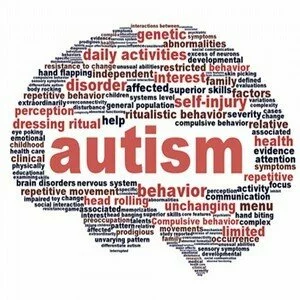Researchers have discovered in a new study the unique characteristics of genes associated with autism that may help them distinguish from genes of other diseases, as well as help in early diagnosis. Autism is a neuro-developmental disorder which can severely impair communication and social skills. “We are now a step closer to understanding the genes associated with autism and understanding the biological process involved in the disease,” said Idan Menashe from Ben-Gurion University of the Negev (BGU) in in Beersheba, Israel. “This study gives us a tool to help identify additional autism genes using the genetic signature we found. From there, we hope to be able to diagnose autism earlier,” Menashe added. The findings revealed autism genes are exceptionally long, longer than other brain-expressed genes of closely related diseases such as Alzheimer’s and schizophrenia. In addition, the negative selection process in these genes was more active than in other genes. Negative selection is an evolutionary process that removes disruptive mutations from genes over generations. On the other hand, the team did not find any indications of positive selection — which would cause an increase in frequency until they are a factor in the population — acting on autism genes. “Thus, while autism susceptibility mutations are in the human genome, they only present as an autism disorder when combined with other genetic, non-genetic or environmental factors, Menashe said. For the stuy, the team of researchers examined the sequences of more than 650 genes associated with autism. These findings broaden the understanding about the genetic mechanisms that are involved in autism and provide new tools for the discovery of new candidate genes, the researchers said.

Niger earmarks N2bn to upgrade 5 general hospitals

Six Foreign Investors to Make Drugs in Tanzania

NAFDAC Urges Sustenance On National Fortification Alliance

Reps task FG on functional radiography machines

World Bank supports 10,845 tomato farmers in Kano.



Write more, thats all I have to say. Literally, it seems as though you relied on the video to make your point. You definitely know what youre talking about, why throw away your intelligence on just posting videos to your weblog when you could be giving us something informative to read?